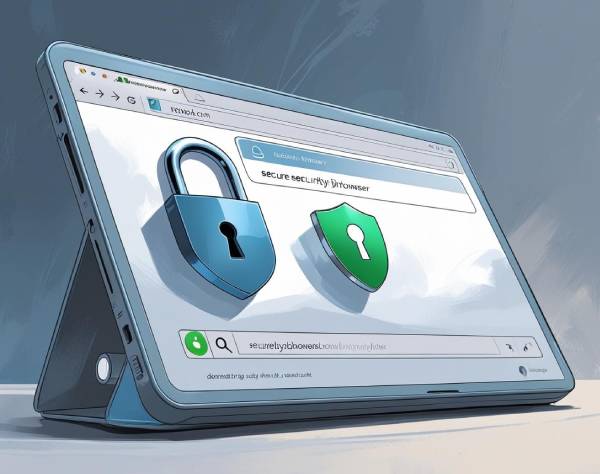Danger Lurking Inside Smart Houses

By Michael Hall, Chief Information Security Officer
If the advanced technology in our everyday lives was directed against us, who would win in a battle pitting humanity against smart machines?
If you consider the rapid rise of the Internet of Things (IoT), this imagined scene isn’t as farfetched as you might think.
Fiction?
This scary situation has already been described by several science fiction writers, like Ray Bradbury.
In the “Veldt,” a short story written in 1950, Bradbury describes the actions of an automated house that is programmed by children to kill their parents when they try to discipline them.
In another story published that same year, “There Will Come Soft Rains,” the author
describes a computer-controlled house that automatically supplies all of the needs of its owners, even after they perish in an apparent nuclear disaster.
Other stories, where inanimate objects start to act out on their own without human direction, are equally frightening.
Remember the sentient computer called Hal in the movie “2001: A Space Odyssey”? Hal tries to take over a mission to Jupiter by killing the human crew.
Halfway through the mission, Hal stops taking orders from the crew and strikes out on its own. The computer disables life support on crew members in deep sleep, cuts the cord on another crew member taking a space walk and tries to terminate the last crew member before he can shut the nearly omnipotent machine down.
The actions were taken because the computer began to see humans as a weak link in the mission, which made them expendable.
Fact?
Today’s reality isn’t so grim, but it is a brave new world with a growing legion of new Internet-attached devices that many of us use every day, on many levels. Nobody’s being attacked by their remote control garage door opener…yet. But any webcam, baby monitor, thermostat, personal assistant or other device with an Internet connection, in theory, could be turned against the user. Fiction is now fact.
A collection of IoT devices were used by hackers last Fall to stage massive DDOS (Distributed Denial of Service) attacks on numerous commercial websites. Since many of these devices have weak or non-existent password-protection, gaining control by an experienced hacker is relatively simple.
What You Can Do
Technology is an everyday part of life today and is necessary for home, school and business. It’s important for you to be familiar with how to use current devices as modes of communication.
Here are some ways to improve cybersecurity within your home.
Understand Your Devices
You should know the answers to these questions:
- Does the device have a camera?
- Can it transmit or receive pictures?
- Does it have a phone book or contact list?
- Can it download apps? What do the apps have access to (photos, contacts, etc.)?
- Can you communicate with other people through the device?
- Does the device post to the web?
- Does the device have a dashboard? If so, is the dashboard part of the installed software or is it online?
- What kind of information can be shared with other people online?
Keep Up with Device Updates
Updates and patches often include new security protocols and fixes for security loopholes. Stay on top of these.
Passwords and Logins
Change the default login credentials on each device, create complex passwords and change them regularly. Also make sure that your home Wi-Fi is password protected so that outsiders cannot easily access it.
Educate and Enforce
Education is absolutely the most important part of cybersecurity in your home. Teach your children about the dangers of their devices and how to stay safe. Write down rules and enforce them. For example:
- Do not use public Wi-Fi
- Enable parental controls and settings
- Never share any personal information or pictures with strangers
Continually New World
The growing list of internet-enabled gadgets for the family and home—like doorbell cameras, remote-controlled thermostats, internet-enabled garage door openers, camera-equipped drones, appliances like refrigerators with memory and email abilities, dishwashers that start and stop by remote control—continues to expand.
Wi-Fi enabled gadgets open our world in ways we could never dream of just a decade ago. We know what we need from the store without opening the refrigerator, know our kids are home safe without picking up the phone and can turn the lights on or the heat up when we’re headed home from work. Just make sure you’re taking responsible measures to keep your home and family safe at the same time.
For updates on what’s coming next to IoT land, check out http://iotlist.co/, which lists many new devices coming into the IoT fold.
Related Articles
Warning: Internet of Things Holds Hidden Dangers
12 Tips for a Stronger Password
Wi-Fi Enabled Children’s Toys: 5 Safety Tips
Digital Forensics: Vulnerabilities Beyond The Computer
More Wearables Mean More Security Concerns




